PING Cadence TR Putters Review
Having a robust putting line leads to having a competitive edge against the competition. Golfers are inherently unique in the way they play the game, and that seems to be even more visible when play moves to the green. Being able to accommodate weight, stroke style, insert, and head shape without changing the technology is what Ping appears to have accomplished with the Cadence TR offerings.
From Ping
Engineered to fit a golfer’s stroke tempo and feel preference, Cadence TR models advance putter fitting by varying head weights utilizing different-weight face inserts. Traditional-weight heads feature an aluminum insert (blue face and grip) to fit mid-to-faster tempos, and offer help with lag putting. Heavy versions (black face and grip) have a stainless steel insert, adding approximately 25 grams for slower tempos and can improve results on shorter putts. Both the blue and black PP58 Midsize grips weigh the same.
Every model features the next generation of True Roll Technology grooves that provide forgiveness by normalizing ball speeds across the face. They vary in depth and width from the center of the face to significantly improve ball-speed consistency and accuracy on putts of any length.
Weight differentiation in the high-MOI Ketsch model is achieved with different 17-4 stainless steel sole plates (355g and 388g) that vary in thickness. The putter head and TR grooves are precision milled at PING. A contrasting sight line ensures easy alignment.
Models are available to fit any stroke type, and all feature a black PVD finish and white alignment lines. Optional adjustable-length shafts range from 31″ to 38″ on the conventional models. The Anser 2 CB counter-balanced model is 38″ and available only in a 400g Traditional weight; its adjustable-shaft range is 34″ to 40″. All Cadence TR models can be custom-ordered in a counter-balanced version with a 50g weight in the shaft and a 17-inch grip.
First Impressions
Ping offers an impressive amount of detail when it comes to their Cadence TR offerings, and it is important to understand their design intentions before diving into a review that has so many unique combinations available. Before the review dives into the technology built into the Cadence offerings, here is a quick overview of what THP received for review:
The Anser 2 counter balanced putter includes a 400 gram head with the blue aluminum insert, a 50 gram weight inside the shaft, and a 17 inch grip. Notations on the shaft suggest this putter is built for putters who have a slight arc in their stroke. For the most part, this head design is an elongated reference to the typical Anser design, with the counter balanced technology built in for various stroke benefits.
The Ketsch Heavy weighs 388 grams, and comes with the black PP58 Midsize grip. This putter head is noted to have very high MOI, which should help to improve contact quality. Notations on the shaft suggest that this model will benefit golfers who have a straight putting stroke. In hand and in the stroke, the quick expectations for this design are driven by ease of stroke and alignment.
Both putters have a beautiful black PVD finish that seems to be quite resilient to putting greens, along with white alignment aids that contrast well against the black finish. The TR (or ‘true roll’ technology) grooves are present in both offerings, however they are unique in that the Ketsch grooves are built into the head, whereas the Anser 2 has an insert. Despite coming from the same “Cadence” lineup, the two putters are very distinctive, likely meeting the needs of different putter ailments faced by golfers today.
Technology
From Ping: Cadence TR – Cadence TR models advance putter fitting by utilizing different-weight face inserts to fit golfers for their stroke tempo and feel preference. Traditional-weight inserts (blue in color) typically fit mid-to-faster tempos and can improve lag putting. Heavy inserts (black) match slower strokes and can lead to better results on shorter putts. Next-generation True-Roll Technology grooves vary in width and depth to provide unmatched ball-speed consistency and accuracy on putts of any length.
This technology explanation is intriguing. Changing the face inserts to accommodate strokes styles is a great way to match a preferred head with a stroke style, rather than accommodating the stroke to a certain style of head. While the samples provided for review did not consist of comparable heads with various weight types, the Anser 2 includes a traditional weighted blue insert, and fits the suggestion of being an easy to stroke head based on the weighting. For golfers who prefer to avoid the heavier, weighted (and arguably ‘sluggish’) heads, this is a great compromise.
From Ping: Next-Generation TR Grooves – True-Roll Technology grooves vary in width and depth from the center of the face, producing normalized ball speeds across the face with a higher MOI for accuracy and unmatched consistency on putts of any length.
Despite there being audibly different sounds across the face of the Cadence TR offerings reviewed, the results seemed to be mostly similar with the exception of ‘perfect’ center face contact. Grazing the ball with an imperfect stroke on various parts of the Anser 2 insert offered similar rollout numbers. In the case of the Ketsch, because the design is built into a larger portion of the head, it actually seemed to expand this ‘miss’ area by a decent margin. This does not resolve poor strikes to be comparable to great strikes on the golf ball, however it does seem to draw a smaller gap than poor strokes with a stainless steel, non-insert head.
The Anser 2
In full disclosure to the Anser 2 as a whole, the counter-balanced design tended to take a much greater precedent over general head shape results when putting. As the golfers experiencing the Anser 2 CB throughout testing confirmed, it was not a typical setup for them, creating a larger learning curve moving to the CB element. Fortunately for golfers less familiar to the CB concept, Ping has utilized great visuals in their CB grip to help golfers place their hands in a consistent and recognizable location.
With that in mind, there were some very positive elements on the Anser 2 CB that merit a look for golfers seeking reduced wrist activity in their putter stroke. By implementing the added weight at the head and the top of the grip, along with the grip being well above the hands, this promoted a much better pendulum stroke instead of the wrists taking over in both power and control variables. Golfers who are ‘wristy’ with their gamer putters may struggle with getting balls to the cup with the Anser 2 CB as it does not allow for anywhere near the same activity in the stroke. Despite that element, it will greatly improve consistency and distance control over time with the appropriate practice.
Aesthetically, the blade length of the Anser 2 head is slightly longer than a typical ‘blade’ style putter, which can be a bit troublesome to the more traditional set of eyes. After a short period of time, this is replaced with an appreciation for what is likely a small increase in overall face balance. This shape marries well with the deep matte finish and contrasting white lines that frame the ball well at address.
To the sound, the insert promotes a slightly duller sound in comparison to the Ketsch Heavy provided by Ping. This may be a combination of the deeper design elements of the Ketsch face, or the blue aluminum insert. This also leads to one of the biggest benefits to the Anser 2 CB, which relates to the audible difference between perfect contact and slight misses. In fact, the center strikes introduce a sound that is fuller than off center, giving the golfer a clear idea of whether to improve stroke or alignment for the next putt.
Finally, to the stroke profile. Ping encourages golfers who have slight arc putting paths to utilize the Anser 2 CB, and testing proved there are benefits to creating a path similar to that line. It encourages nice balance in the takeaway and follow through in an arc motion, with little extra effort in accommodating. This is quite unique to the Ketsch which will be touched upon later in the review.
Ketsch Heavy
For the majority of this review, the Ketsch Heavy outperformed the Anser 2 CB design. A combination of advertised high MOI, head balance with the midsize PP58 grip, and ball framing simply made it superior in every instance where both putters were rolled at random against others. Despite this favoritism, the overall head design of the Ketsch takes some time to warm to, largely based on the oversized head shape that extends far deeper than any traditional putter.
For this review, the Ketsch was sent favoring the ‘straight stroke type’ and that presented itself quite clearly in testing sessions. Many of the putts would offer great consistency off the line, but in some situations, slight pushes or pulls would occur as the putter was not taken properly back and through the zone.
Likely one of the best features of the Ketsch is the ability to align the ball properly to the intended target. With a large center line, two subtle outer lines, and ridges that flow from face to back frame the ball incredibly well, promoting confidence and consistency when grounding the putter at setup. Along with this alignment confidence, the stroke imparted on the ball generated very predictable roll along the intended target line, with generally sound end-over-end roll.
Weight wise, it was surprising to experience a 388 gram head that didn’t feel sluggish at 35 inches in length. Rather, the Ketsch Heavy flows smoothly throughout the stroke, allowing golfers to make easy and fluid strokes. With the head profile and weight combination, this seems to promote an even easier gating element, making it simple to take the head back and bring it back through the zone without much variance.
As the Ketsch features the next gen TR grooves, golfers can expect to see relatively similar ball speed numbers despite imperfect strikes across the face. Throughout the testing process, there was very limited variance between poor strikes as they moved away from the center of the face. Now, this does not suggest that toe shots will react similar to center strikes (they won’t). It simply means they have generated a way to reduce the larger gaps in imperfection on poorer putts.
The sound of the Ketsch is excellent. It offers a rich, full bodied sound on center impact, and offers a clear difference between great strikes and decent strikes along the face. Despite the various benefits of the Ketsch design overall, the sound may be the best of the bunch.
Parting Thoughts
With the Cadence TR offerings, Ping has found a way to promote positive stroke elements to every style of putter, in packages that please the eye and ears. While it seems abundantly clear that golfers will favor certain styles depending on their stroke style and path (this review is a perfect sample of that), this opens the door to a greater level of ‘fitting’ system beyond length and lie. It is no longer a matter of what works for the average golfer, it is about what works for each individual. For more information on the Ping Cadence TR putters, visit www.Ping.com.



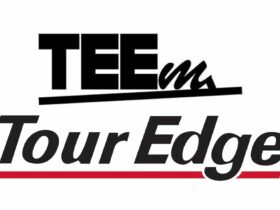




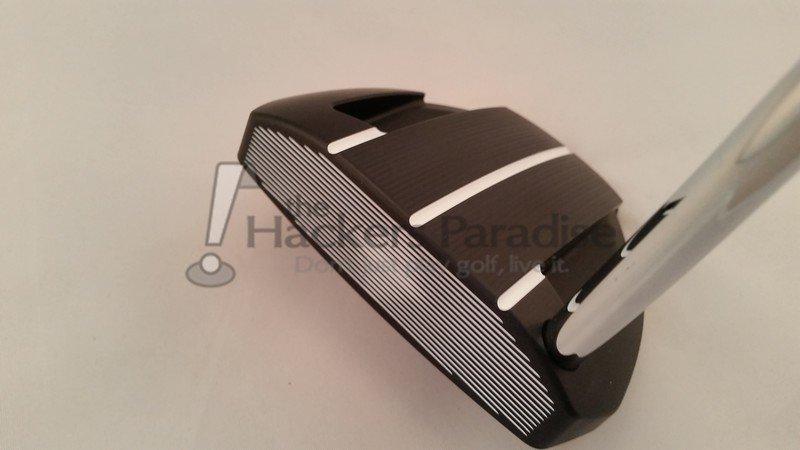
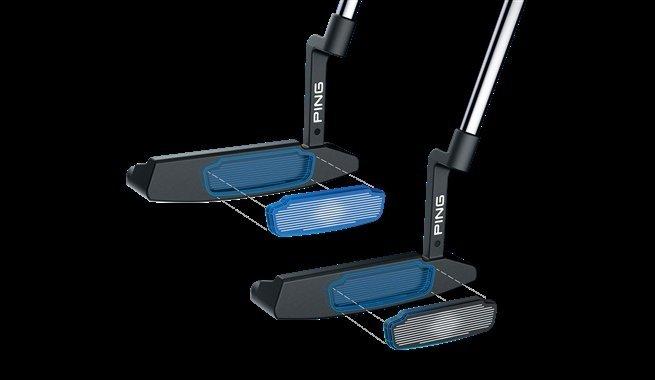
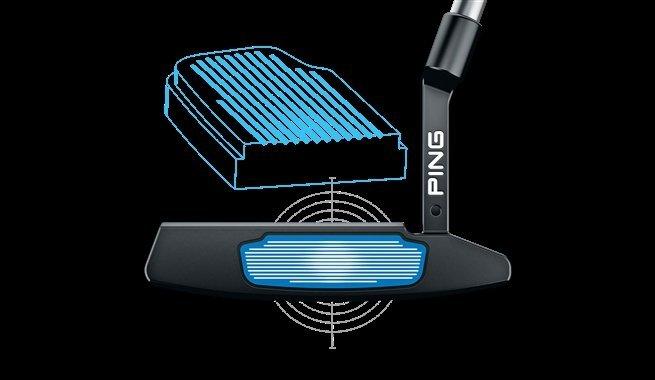

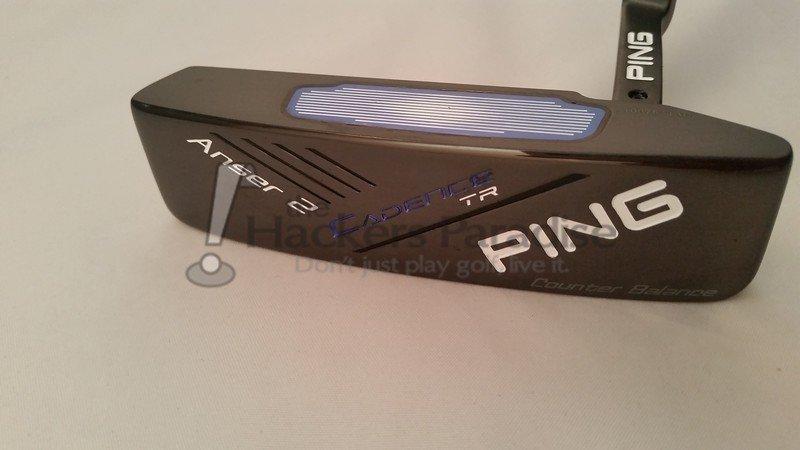
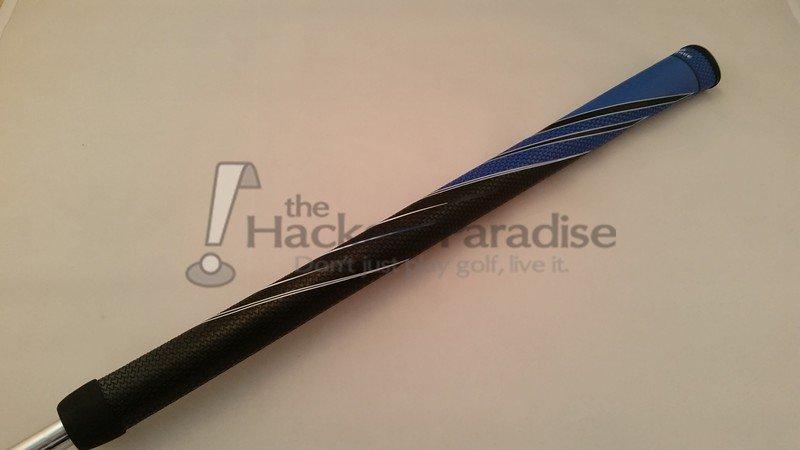
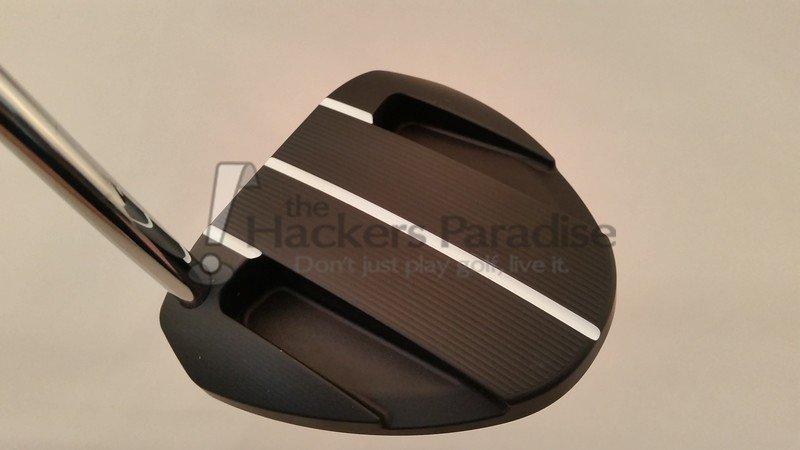
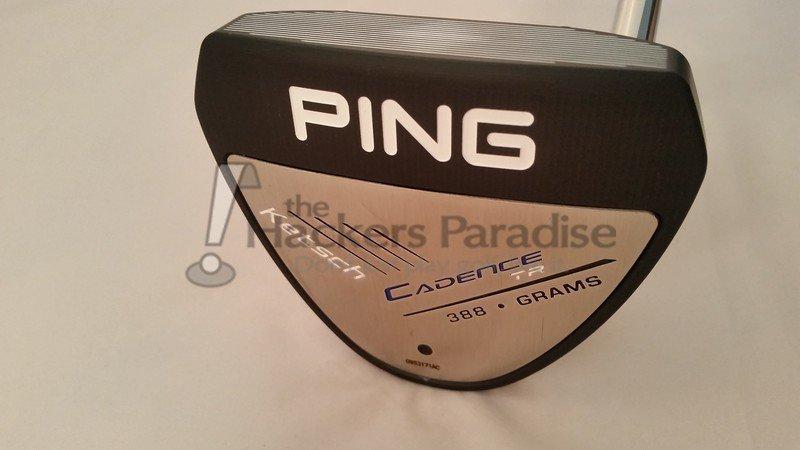







Nice job Dan. I like the ability to change inserts. Ping has always been a favorite putter line of mine.
Nice job Dan! I love how the Anser 2 from the back just screams classic Ping putter but then they really bring it with the tech. That putter at 400g and a CB setup was not what I expected but I think it’s a fantastic concept.
Good stuff Dan. Sounds like Ping has carried on another year of solid putters with their TR tech. I like how you talk about the sound of the Ketsch model. Thats the one I am the most interested in. Sometimes get a little worried about the sound of bigger putters.
I like the looks of the Anser 2 counter balanced putter and with the tech that it features I can see it being something that could help my game. I have been using mallet style putters for a long time now however the Anser 2 is really speaking to me!
Great write-up Dan. I’ve recently experimented with this putter myself, and have found it to roll the ball extremely well.
Nice review Dan. Having a preference of minimal shaft offset or center shafted putters, the Tomcat version of this Cadence line has been the most impressive putter I have seen and tried in the stores this year. Ping really did a great job with these.
Another great write-up Dan. I demoed the Cadence line earlier this year and I really liked the roll that I was seeing. Ping’s offerings are really solid and most golfers will find something that they will be happy with.
Dan – as always, a great writeup. Really interested to try the counterbalanced Anser. I’ve tried the Ketch and it’s about as easy to line up as any putter I’ve tried.
The Ketsch model would be a nice fit for me as I have a straighter arc. Nice, detailed write-up as usual, buddy.